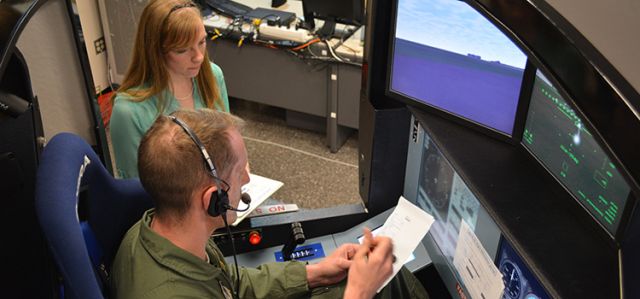Boundary Conditions for an Evaporating Thin Film for Isothermal Interfacial Conditions
Document Type
Article
Publication Date
8-1993
Publication Source
Journal of Heat Transfer
Abstract
Evaporation in a heat pipe occurs at a liquid-vapor interface within the micropores of the heat pipe wick. For nearly completely wetting liquids, as used in all heat pipes, the liquid-vapor interface will extend beyond the meniscus due to the adsorption of fluid molecules to the solid structure of the wick. Thus, the liquid-vapor interface within the micropores can be divided into three distinct regions as shown in Fig. 1: the meniscus region controlled by the interfacial curvature (deGennes, 1985); the thin film region controlled by both the disjoining pressure (caused by the long-range molecular interactions) and the interfacial curvature; and the adsorbed film region controlled by the short range molecular forces (Israelachvili, 1989). Current practive in the design of heat pipes overlooks the presence of the thin film and the adsorbed film. Therefore, the goal of this study is to investigate the role of the thin film in heat pipes, and to deal uniquely with the boundary conditions in the region near the adsorbed film and in the meniscus region.
Inclusive pages
816-819
ISBN/ISSN
0022-1481
Copyright
Copyright © 1993, American Society of Mechanical Engineers
Publisher
American Society of Mechanical Engineers
Volume
115
Issue
3
Peer Reviewed
yes
eCommons Citation
Chebaro, Houssam C. and Hallinan, Kevin P., "Boundary Conditions for an Evaporating Thin Film for Isothermal Interfacial Conditions" (1993). Mechanical and Aerospace Engineering Faculty Publications. 64.
https://ecommons.udayton.edu/mee_fac_pub/64
COinS




Comments
Permission documentation is on file.